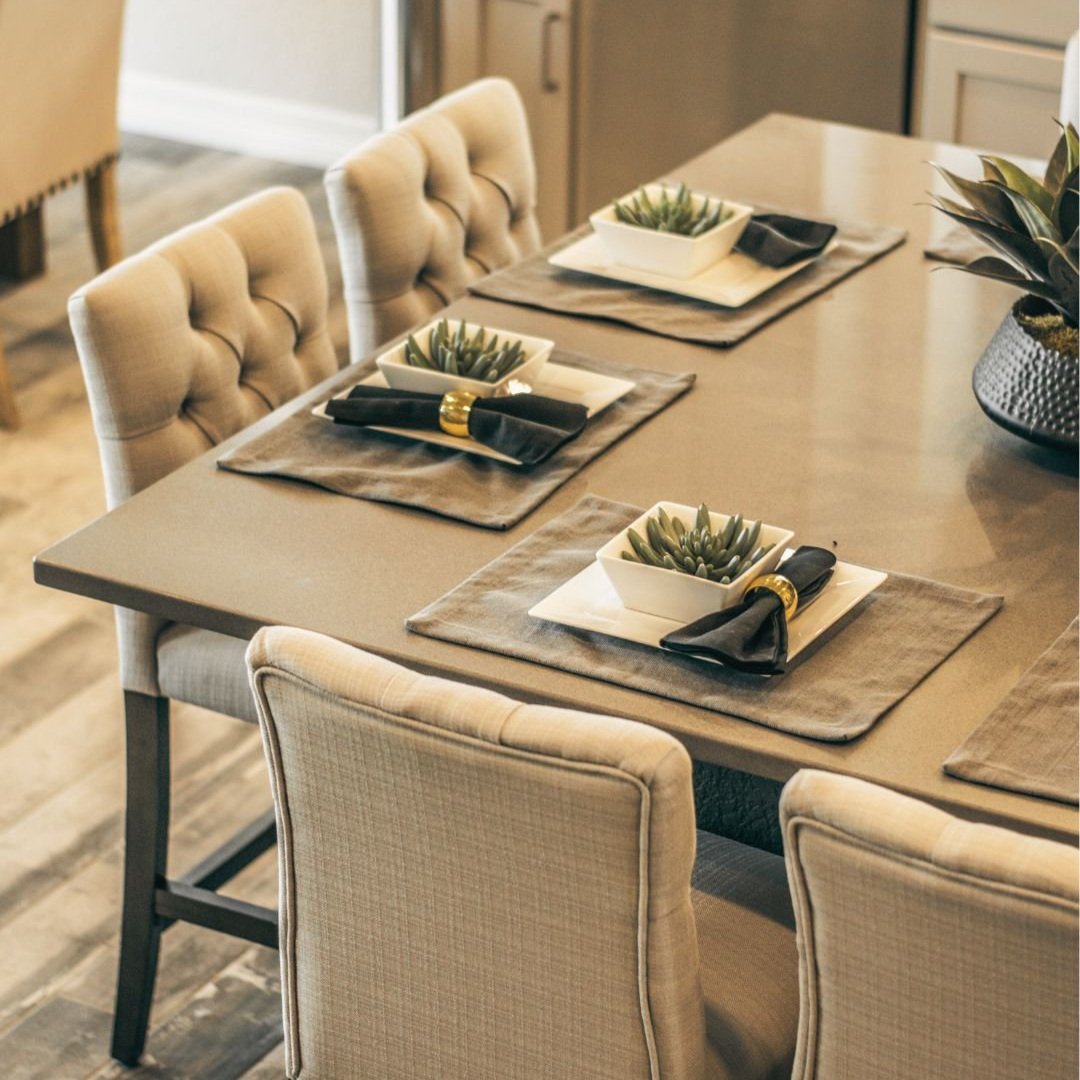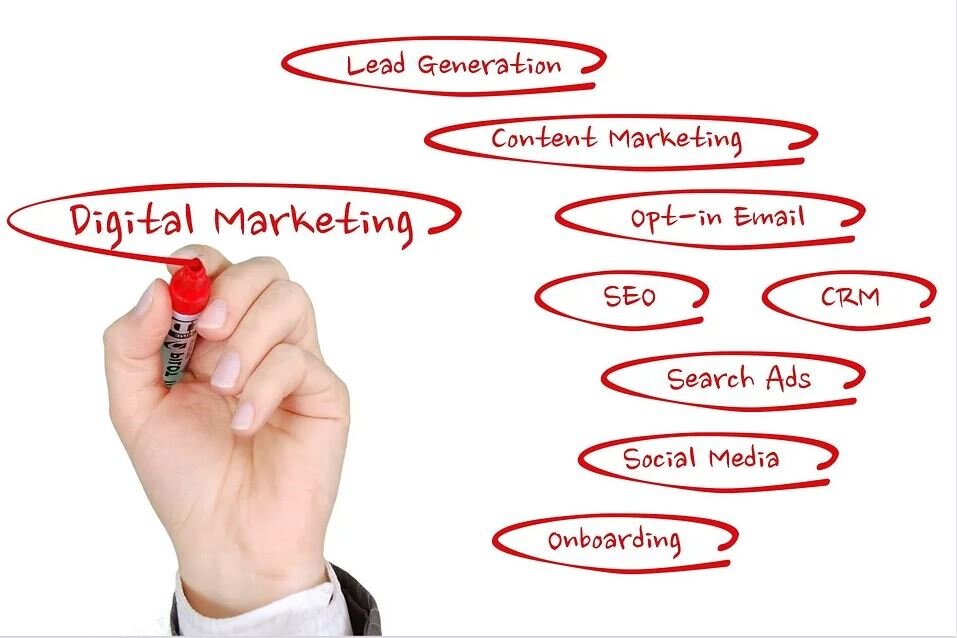Interior Designers & Copyright
/As an interior designer there are several things to consider when it comes to your designs and creations. Copyright infringement is becoming a huge problem in the interior design industry so make sure you are aware of what your rights are as an interior designer as well as the rights of others. I’ve been working with Keren de Zwart with Not Your Father’s Lawyer to bring you some helpful tips!
Social media:
The legal truth is – if you didn’t create it, you need permission to share it! That goes for social media content, testimonials on your website, and third-party content you might incorporate into your products and services. Anything that isn’t your original work* belongs to someone else. Make sure you have permission to use it.
I realize that on social media people share other people’s work all the time and if a big name person share’s your work, recognizes you for it and is going to get you more exposure than more than likely you might be okay with that. But what happens when someone shares your work without your permission to a group or following that you prefer not to be associated with? You can email them and ask them to remove that content as it does not belong to them. The same can happen to you. Just because you admire Amy All Star Designer’s work doesn’t mean she wants you sharing it with your followers.
What happens when someone is sharing your work without recognizing you as the interior designer? Again, reach out to them and ask them to either remove the post or add you as the original designer.
Permissions:
Make sure you have consent and terms of service on your website, blog and in your contracting. Do you give permission to others to share your work with your watermark and/or authorship being recognized?
Be sure to include a release in your contracting with your clients if you intend on sharing photos, designs, etc. It’s happened a time or two where a client will claim ownership over designs and photos because they are paying for the service and they try to take credit for the design on social media. Make sure your contract is clear on what belongs to you and how your client can share it!
*If you are an employee or independent contractor for a design firm, do you know who owns the rights to your work? For example, if you are a designer for Havenly be sure to look into your contracting to see how and if you can share the designs you created. Are your designs owned by Havenly? Can you share your designs on social media and if you can must you include that you are a designer with Havenly? The same holds true for any design firm you work with!
The more you know about copyright law the easier it is to legally share on social media and to be aware of how other people should legally be sharing your work, too. When it doubt … ask permission!
Is there anything else you’d like to know? Please let me know if you have any questions!
Have a great day! Danae


















































